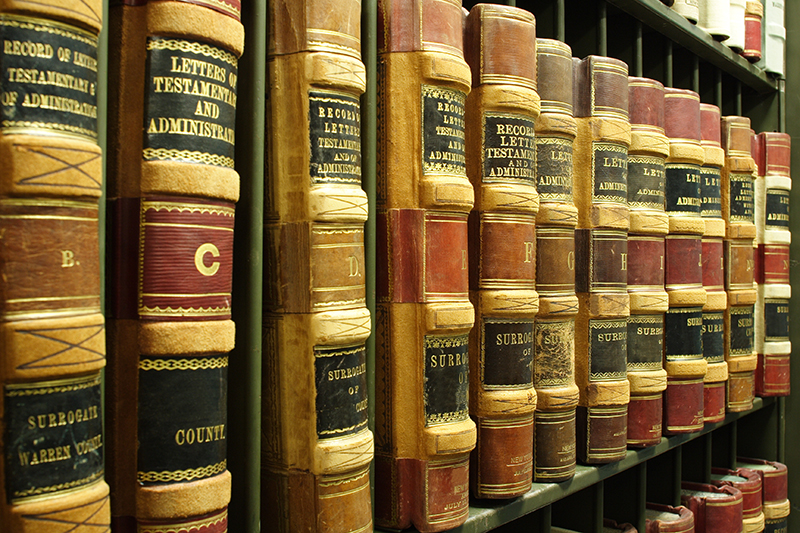
California State Capitol. (Photo: Kevin Sanders for California Globe)
General Provisions of the California Administrative Procedure Act
The executive branch rulemaking entities cannot exceed their authority
By Chris Micheli, October 23, 2021 2:15 am
California’s Administrative Procedure Act (APA) provides the formal rules that must be followed by executive branch state agencies when promulgating regulations. The APA is found in California’s Government Code, Title 2 (which covers the Government of the State of California), Division 3 (which covers the Executive Department), Part 1 (which covers State Departments and Agencies), Chapter 3.5 (which covers Administrative Regulations and Rulemaking).
Chapter 3.5 contains nine Articles, under which are the sections of law. The APA’s nine articles are the following:
Article 1 – General
Article 2 – Definitions
Article 3 – Filing and Publication
Article 4 – The California Code of Regulations, the California Code of Regulations Supplement, and the California Regulatory Notice Register
Article 5 – Public Participation: Procedure for Adoption of Regulations
Article 6 – Review of Proposed Regulations
Article 7 – Review of Existing Regulations
Article 8 – Judicial Review
Article 9 – Special Procedures
What are some of the general provisions of the APA according to courts in this state?
Fundamentally, according to the courts, the reason for requiring formal adoption of regulations, in part, is to ensure that they are written in a comprehensible manner, are authorized by statute, and are consistent with other laws. Taye v. Coye (1994) 29 Cal.App.4th 1339
Nonetheless, the executive branch rulemaking entities cannot exceed their authority. For example, an administrative agency must confine itself to a reasonable interpretation in adopting a regulation for administration of its governing statute. If it goes beyond that, the legislative area has been invaded and the regulation counts for naught. County of Los Angeles v. State Department of Public Health (1958) 158 Cal.App.2d 425
At its core, the APA is intended to advance meaningful public participation in the adoption of administrative regulations by state agencies and create an administrative record assuring effective judicial review. The APA was (1) established basic minimum procedural requirements for the adoption, amendment, or repeal of administrative regulations which give interested parties an opportunity to present statements and arguments at the time and place specified in the notice and calls upon the agency to consider all relevant mater presented to it, and (2) provides that an interested person may obtain a judicial declaration as to the validity of any regulation by bringing an action for declaratory relief in the superior court. The APA was born out of the Legislature’s perception that there existed too many regulations imposing greater than necessary burdens on the state and particularly upon small businesses. Pulaski v. Occupational Safety and Health Standards Board (1999) 75 Cal.App. 4th 1315; Voss v. Superior Court (1996) 6 Cal.App. 4th 900
With this guidance from the courts regarding the general principles of the APA, readers can proceed to examine specific aspects of the APA’s statutory scheme.
- Enforcement of Labor Commissioner Judgments - December 6, 2025
- Effect of Emancipation - December 6, 2025
- Harbor Commissions in California - December 5, 2025





Present Administration, save for a few, has determined laws and regulations do not apply to them. If this information miraculously transformed into a lawsuit holding them accountable to their Oath, that would be
grand. Military Tribunals for treason, crimes against humanity, sedition are in their near future best I can tell.